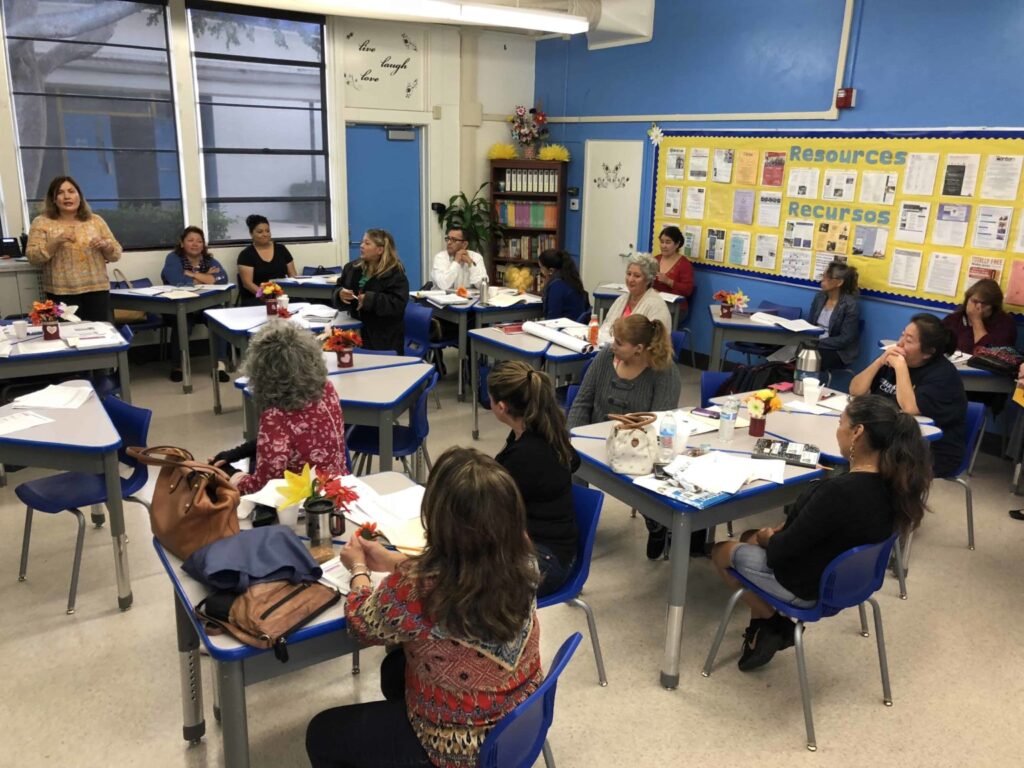
There is growing evidence that more families will choose different schools if possible. This is evidenced by survey data and focus groups, as well as waiting lists of alternative schools and charter schools, among many other examples. What prevents them from sailing to a new island of learning is, above all, the political blockade, which still closes the ports to all but a few fortunate or intrepid travelers. Although the new islands and educational ships may thrill policy explorers, most people still reside on the two ancient continents and don’t travel much. The reasons are familiar, ranging from old-school complacency. Surveys have long shown a relatively high level of satisfaction—or surrender—among Americans with children in school. The familiar and close are often more comfortable than the distant and exotic.
Many concerns are deeply attached to the status quo: teachers’ unions, textbook publishers, school board associations, colleges of education, and management groups, to name just a few elements of what is widely called the “establishment” of public schools. Although slowly undergoing some contemporary reforms (such as academic standards at the state level), that institution attacks every change that might undermine its almost monopoly over the means of production. The ferocity of its tactics is commensurate with how threatening the proposed change looks. It thus has a greater tolerance for (and ability to capture) magnet schools and other forms of “open enrollment” among institutions it still controls than charter or voucher schools. This is why, for example, nearly every state charter law includes a tight “cap” on the number of such schools and why any proposal to relax the cap faces strong opposition in the state house.
Less noted but also significant is the private school institution of change and self-interest, which is comfortably positioned, is anything but entrepreneurial, about ten percent of students are happy with it, and have reason to worry about new forms of competition such as homeschooling and charter schools. Several private school leaders are also wary of publicly funded vouchers, fearing government regulations and the loss of autonomy that this funding mechanism can bring. And a handful of loud libertarians and “school state” separatists would pull all levels of government entirely out of primary/secondary education, leaving it entirely up to parents to buy money out of pocket if they wanted it for their daughters and sons.
Although this idea has not spread far, it is clear that the public school institution is no longer the sole source of resistance to new policy strategies to expand school choice at taxpayer expense. However, it remains the biggest and most powerful source of opposition and the main reason why not everyone who wants to explore the new educational islands has access to it.
Despite skepticism and opposition, the movement is concrete. More islands arise and more people find ways to access them. The blockade has more loopholes. Education projects that were the stuff of academic contention five years ago are happening today. The question about coupons is where they will appear next. Politically, too, bewildering changes can be seen. The heads of teachers’ unions now claim they favor charter schools and close down, or “reconfigure,” unsuccessful public schools. Union-sensitive politicians now claim to favor virtually every form of school choice except public funding of entirely private schools.
The education map is already changing, and it seems certain that it will change even more in the coming years. Like almost every other major industry, K–12 education will grow more diverse and specialized. Monopolies would look even more abnormal and unacceptable. Just as our television choices have expanded from three networks to hundreds of cable and satellite channels, so has the reach of schools.
It is particularly interesting to watch the new islands and migration patterns affecting the two ancient continents. Although the evidence so far is uncertain, one can spot evidence that the market is indeed working in K–12 education as well. When monopolies collapse and people change schools, abandoned establishments change their ways in an attempt to win back customers over whom they no longer have bureaucratic control.
School systems in small towns are responding to competition from charter schools by mimicking their curriculum. It is not a flood, but it is more than a trickle, and it may turn out to be the most important effect of the new schools and selection mechanisms. The endpoint of the islands may not be that they are inundated with millions of immigrants. Alternatively, the point may simply be that once it is clear that people can no longer be confined against their will on the two ancient continents, those who want them to stay at home must make the house more attractive. But for that long-term reform strategy to work, the alternatives must be truly viable and accessible in the short term for many children and families. And this, of course, is exactly what defenders of the old arrangements do their best to prevent.